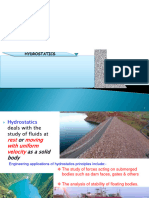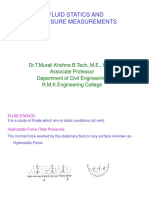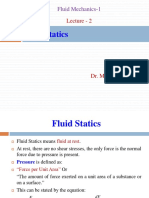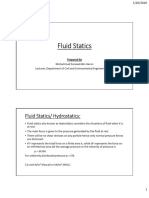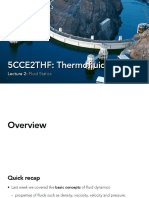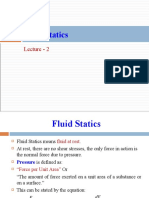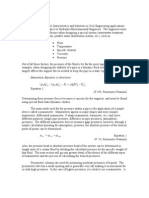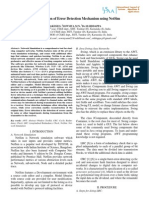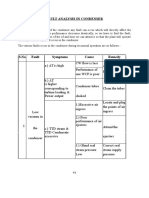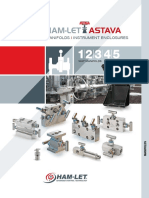0% found this document useful (0 votes)
74 views36 pagesEMM 2301 FLUID MECHANICS I Lecture 3
This document discusses fluid mechanics concepts including manometers, hydrostatic pressure, and forces on submerged plane surfaces. It provides examples of calculating pressure using a U-tube manometer. It also explains how to calculate the hydrostatic force on a submerged plane surface of any orientation, and defines the center of pressure as the point where the total hydrostatic force acts. The centroid and second moments of area are used to determine the location of the center of pressure relative to the centroid.
Uploaded by
patrick kipronoCopyright
© © All Rights Reserved
We take content rights seriously. If you suspect this is your content, claim it here.
Available Formats
Download as PDF, TXT or read online on Scribd
0% found this document useful (0 votes)
74 views36 pagesEMM 2301 FLUID MECHANICS I Lecture 3
This document discusses fluid mechanics concepts including manometers, hydrostatic pressure, and forces on submerged plane surfaces. It provides examples of calculating pressure using a U-tube manometer. It also explains how to calculate the hydrostatic force on a submerged plane surface of any orientation, and defines the center of pressure as the point where the total hydrostatic force acts. The centroid and second moments of area are used to determine the location of the center of pressure relative to the centroid.
Uploaded by
patrick kipronoCopyright
© © All Rights Reserved
We take content rights seriously. If you suspect this is your content, claim it here.
Available Formats
Download as PDF, TXT or read online on Scribd
/ 36
